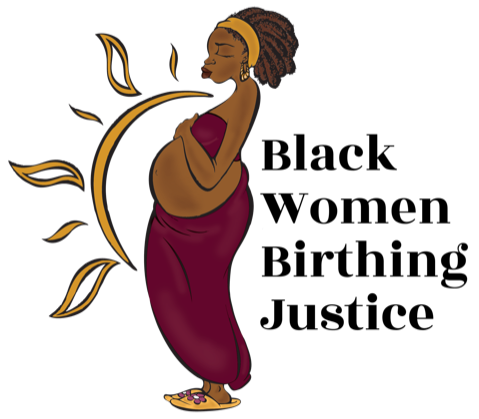The report reveals the culture of fear and coercion that has transformed birth into a battleground, a deep lack of trust of our hospitals, and a broken maternal health-care system that fails too many black women. The report shakes up our understanding of where state violence happens, and who it happens to; putting the human rights spotlight onto a system that is often unaccountable to black communities.
Battling Over Birth also provides solutions. The report shares positive experiences by black women, and identifies best practices based on their experiences. It makes a series of recommendations, including community accountability boards to hold hospitals accountable; increased access to midwifery and doula-care; recruitment and training of more health-care professionals of color; culturally-competent, empowering prenatal and postpartum care; greater access to home birth and birth centers; and a sharp reduction in the use of C-sections.

